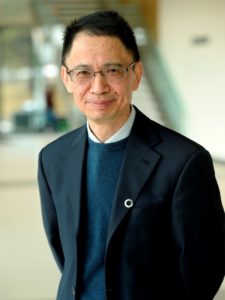
Professor Jianhong Wu is a University Distinguished Research Professor and Senior Canada Research Chair in industrial and applied mathematics at York University. He is also the NSERC Industrial Research Chair in vaccine mathematics, modelling, and manufacturing. His expertise includes dynamical systems and bifurcation theory that develops methodologies to identify long-term dynamic scenarios of an epidemiological system. He also pioneered a neural network architecture for pattern recognition in high dimensional data. He is also known for his efforts in developing reciprocal linkages and collaborations between public health and mathematics, globally. Since the 2003 SARS outbreak, Dr. Wu has led multiple national teams to develop mathematical technologies to address key public health issues relevant to emerging infectious diseases including SARS, pandemic influenza, Ebola, antimicrobial drug resistance, and Lyme disease.
Research keywords:
Global health; modelling; data analytics
You may also be interested in...
Recap — Climate Distress and Healing Through Earth-Based Practices
On April 18, Dahdaleh senior fellow Harvey Skinner and community fellow Susan Harris returned to the Dahdaleh Institute for an interactive seminar that discussed the impacts of climate distress, defined as ‘mental and emotional distress ...Read more about this Post
York University Leads Water Sustainability Event Featuring Panel of Renowned Experts
The UN Global Water Academy was announced in March 2023 at the UN Water Conference in New York City. It is a multi-stakeholder collaboration between the United Nations, academic institutions, private sector partners, and with ...Read more about this Post
Internship Program: 2023-2024 Year In Review
Over the course of the 2023-2024 academic year, the Dahdaleh Institute collaborated with a group of outstanding students as part of the Internship Program. In recent years, our internship program has expanded to include research ...Read more about this Post
